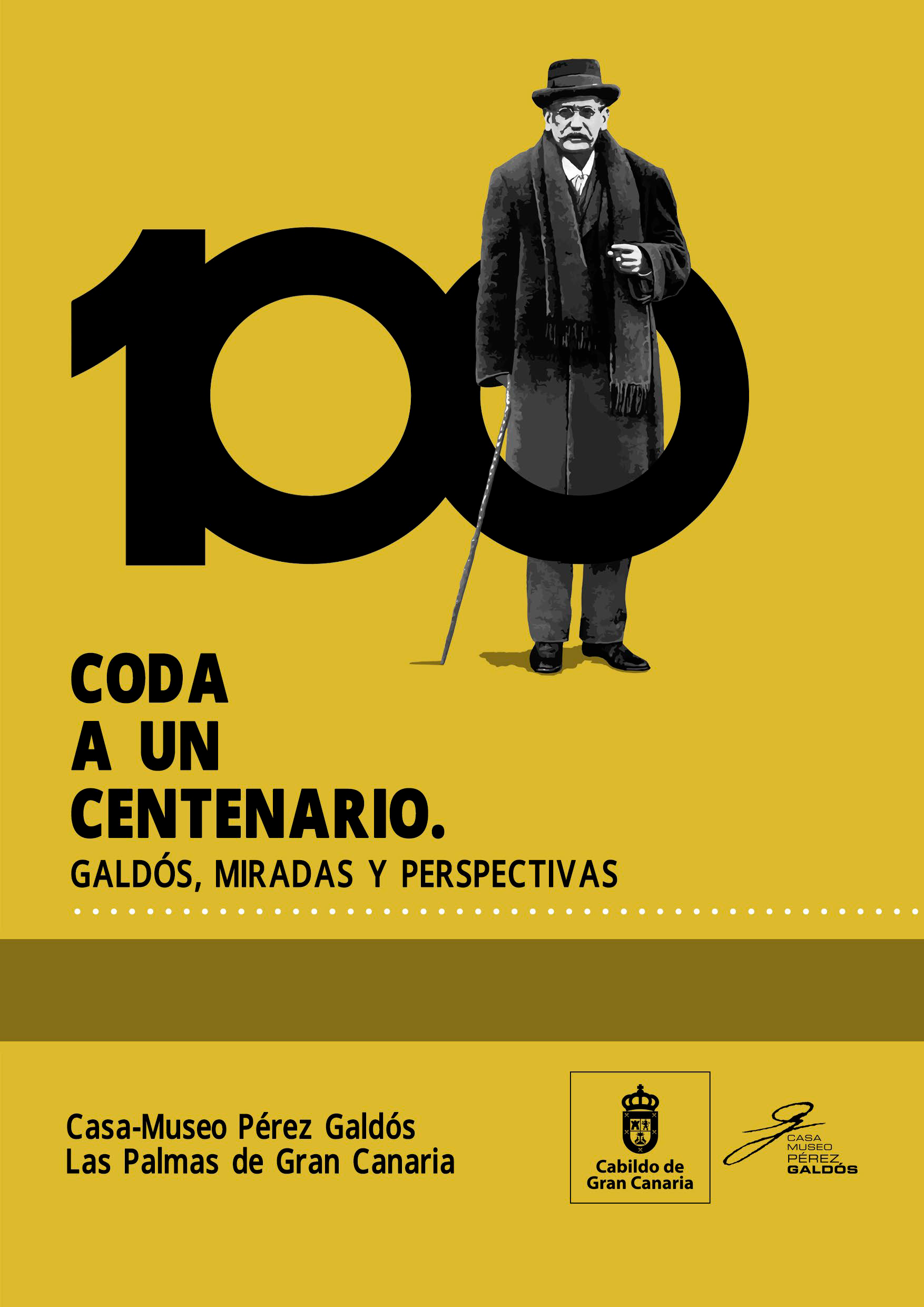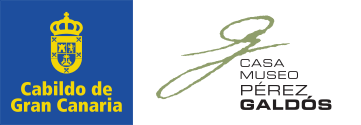ACOSO Y MALTRATO INFANTIL EN LAS NOVELAS CONTEMPORÁNEAS DE GALDÓS / BULLYING AND CHILD ABUSE IN GALDÓS’S CONTEMPORARY NOVELS
Palabras clave:
niños, acoso, maltrato, children, bullying, mistreatmentResumen
Como ansiaba dejar testimonio fidedigno sobre su época, Galdós no podía ignorar a los representantes pequeños de la sociedad, de manera que en sus novelas palpita un complejo universo infantil. El escritor comprende a los niños mucho mejor que la mayoría de sus contemporáneos y tiene una visión asombrosamente moderna. En las novelas contemporáneas hay numerosos episodios de lo que hoy en día llamamos bullying y de maltrato, lo que emparienta a Galdós con los escritores de nuestro presente. En las novelas Miau y El doctor Centeno hay muchas escenas de bullying y –lo que es peor– a veces los acosadores son los mismos maestros. Escenas de maltrato hay en varias novelas, como Fortunata y Jacinta, El doctor Centeno, El amigo Manso. Aunque Galdós no lo diga explícitamente, es evidente que aborrece esta manera de tratar a los niños y deja patente la compasión que le inspiran las pobres víctimas. / As he longed to leave a reliable testimony about his time, Galdós could not ignore the small representatives of the society, thus in his novels vibrates a complex children’s universe. The writer understands children much better than most of his contemporaries and has an amazingly modern vision. In his Contemporary Novels, there are numerous episodes of what we now call bullying and mistreatment, which links Galdós with the writers of our present. In the novels Miau and El doctor Centeno there are many scenes of bullying and –what is worse– sometimes the bullies are the teachers themselves. There are scenes of abuse in several novels, such as Fortunatay Jacinta, Doctor Centeno, El amigo Manso. Although Galdós does not explicitly states it, it is clear that he abhors this way of treating children, and the compassion that the poor victims instil in him is evident.




